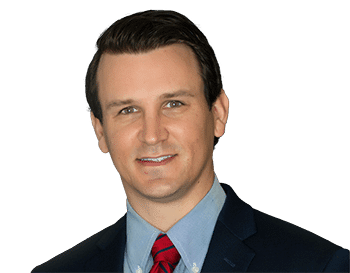Lumbar Herniated Disc
Lumbar herniated disc (HNP) is a rupture or protrusion of the cushioning between the vertebral bones in the lower back. The disc is the cushioning between the vertebral bones. It consists of an outer layer of rings of cartilage (annulus) and an inner layer of gel (nucleus). Healthy discs have a large content of water that acts like a hydraulic cushion.
Attention: Now Accepting New Patients
Causes
Symptoms
- Back pain – the most common symptom. This may include back, buttock, and/or groin pain.
- Leg pain – The disc usually ruptures to one side and pain runs down the leg. The affected leg may also feel numb, tingle, or burn. Weakness can also occur, causing a limp.
- Severe symptoms include urinary retention (inability to empty the bladder) or foot drop (inability to raise the foot, causing it to drag)
Diagnostics
- X-rays
- MRI – to show which disc is herniated and which nerve is involved
- Neurologic testing – EMG/nerve conduction studies to determine if there is any nerve damage and to rule out other conditions
Treatment
Most herniated discs will heal over time. The treatment depends on the severity of the symptoms. Most symptoms will improve in 6-8 weeks if the disc is healing.
Medications
- Anti-inflammatory steroid pills
- Pain relievers
- Muscle relaxers
Spinal Injections
Corticosteroid (cortisone) injections reduce inflammation within the spinal canal and provide an environment for the disc to heal. Up to three injections may be performed over a 6-8 week period of time.
Surgery
Surgery is always a last resort. It is sometimes required right away if severe symptoms occur, such as urinary retention or foot drop. It is also elected if at least 6-8 weeks of conservative treatment fails. Microdiscectomy is where the fragment of the ruptured disc is removed to allow the rest of the disc to heal and to remove pressure on the spinal nerves.



